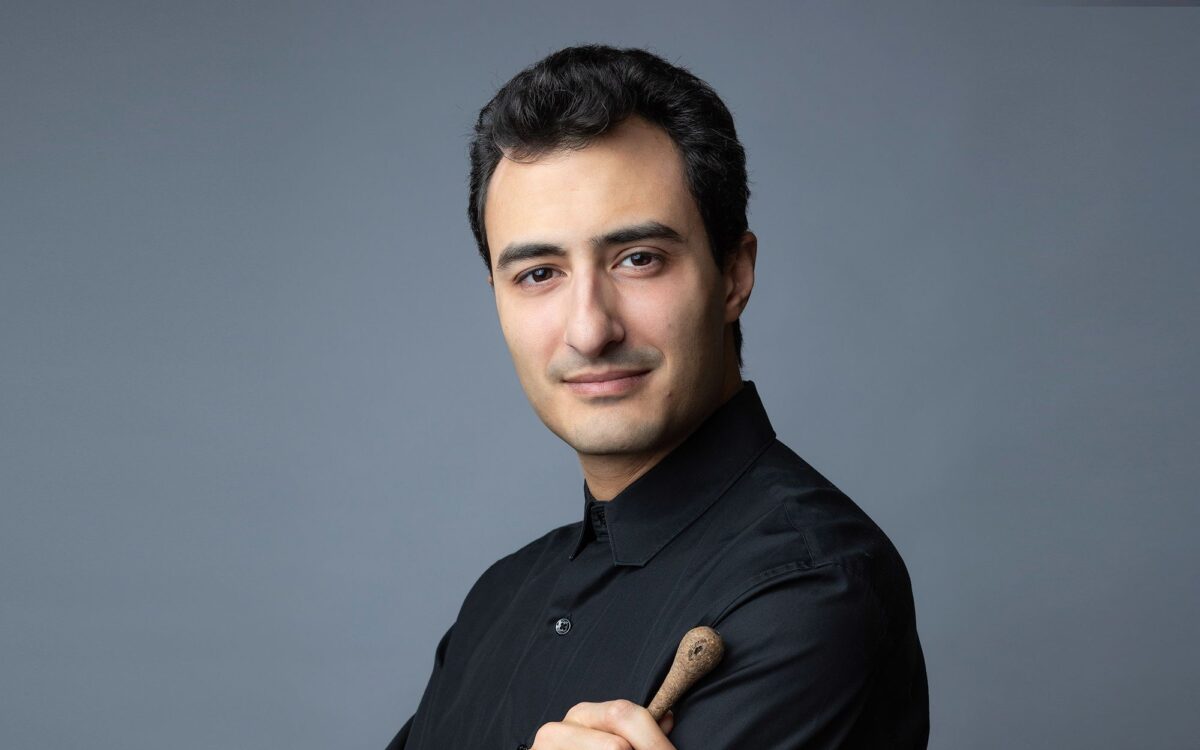Symphony No. 5 in E minor, Opus 64
Composition and premiere: Tchaikovsky began his Fifth Symphony in May 1888 and led the premiere himself on November 17, 1888, in St. Petersburg. First BSO performance: October 22, 1892, Arthur Nikisch conducting. First Berkshire Festival performance: August 16, 1936, Serge Koussevitzky leading the BSO in the year before Tanglewood was established; the first Tanglewood performance was also conducted by Koussevitzky, on August 11, 1940. All told, Koussevitzky led nearly 100 performances of the Fifth Symphony in his 25-year tenure.
Since the premiere of his Fourth Symphony in 1878, ten years had gone by, years in which Tchaikovsky’s international reputation was consolidated, in which he had come to feel the need to give up his teaching at the Moscow Conservatory so as to have more time for composing, in which he began to be active as a conductor, in which he finished Eugene Onegin and three unsuccessful but not uninteresting operas (The Maid of Orleans, Mazeppa, and The Sorceress), in which he composed the Violin Concerto and the Second Piano Concerto, the three orchestral suites and Mozartiana, the Italian Capriccio, the Serenade for Strings, the 1812 Overture, the Vespers Service, the A minor trio, the Manfred Symphony, and some of his most appealing songs. Tchaikovsky himself led the premiere of his Fifth Symphony on November 26, 1888, in St. Petersburg.
The Fourth had been the symphony of triumph over fate and was in that sense, and admittedly, an imitation of Beethoven’s Fifth. For Tchaikovsky’s own Fifth, we have nothing as explicitly revealing as the correspondence in which he set out the program of the Fourth for his patroness, Nadezhda von Meck. There is, however, a notebook page outlining a scenario for the first movement: “Introduction. Complete resignation before Fate, or, which is the same, before the inscrutable predestination of Providence. Allegro. (I) Murmurs, doubts, plaints, reproaches against xxx. (II) Shall I throw myself in the embraces of faith???”
xxx is less likely to be a particular person than what he usually refers to in his diary as Z or THAT—his homosexuality, which caused him deep pain and which, in addition, terrified him as a potential cause of scandal. To pursue Tchaikovsky’s verbal plan through the first movement as he finally composed it is fruitless. (He also disliked attempts to interpret musical processes in too literal—and literary—a manner.) Clearly, though, the theme with which the clarinets in their lowest register begin the symphony has a function other than its musical one: it will recur as a catastrophic interruption of the second movement’s love song, as an enervated ghost that approaches the languid dancers of the waltz, and—in a metamorphosis that is perhaps the symphony’s least convincing musical and expressive gesture—in majestic and blazing E major triumph.
Tchaikovsky’s wonderful gift of melody, his delight in “strong effects” and his skill at bringing them off, his fire and sentiment—these need neither introduction nor advocacy. As to the orchestra, Tchaikovsky produces remarkable effect with remarkable economy. His orchestra is anything other than extravagant, but the power and vividness of its fortissimo is amazing. And what delight there is in his delicate passages—the color of the low strings in the introduction (with those few superbly calculated interventions of the second violins); the beautifully placed octaves of clarinet and bassoon when the Allegro begins its melancholy and graceful song; the growls into which that movement subsides (with the timpani roll as the top note in a chord of cellos, basses, and bassoon); the low strings again in the measures that introduce the second movement’s famous horn solo; those great, swinging pizzicato chords that break the silence after the catastrophe; those faintly buzzing notes for stopped horns in the waltz; the enchantingly inventive filigree throughout the middle part of that movement; those propulsive chuggings of cellos, basses, drums, and bassoons in the finale; the tough brilliance of the woodwind lines and the firmness of their basses.
The composer’s own feelings about his Fifth Symphony blew hot and cold, not only about the music itself, but even as to whether he might have been “played out” as a composer. Of course Tchaikovsky had not written himself out. As soon as he returned from a journey to Prague, where the experience of conducting the Fifth produced the most depressed of all his reports on that work, he began work on The Sleeping Beauty. Within another year his finest operatic score, The Queen of Spades, was on its way, with The Nutcracker and Pathétique Symphony yet to come.
MICHAEL STEINBERG
Michael Steinberg was program annotator of the Boston Symphony Orchestra from 1976 to 1979, and after that of the San Francisco Symphony and New York Philharmonic. Oxford University Press has published three compilations of his program notes, devoted to symphonies, concertos, and the great works for chorus and orchestra.

